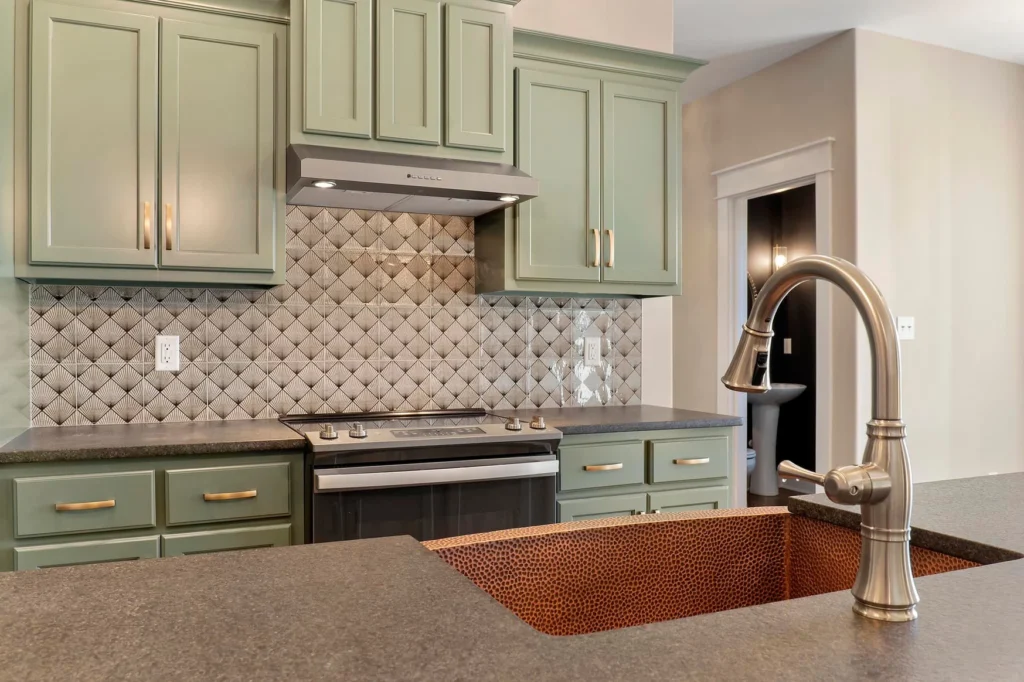Cabinet Environment

Consistent and Controlled Environment
To keep your cabinets and wood components at their best, temperature and humidity conditions inside of your home should be kept continuously within a range. Generally, the range is between 60º-80º F with a relative humidity range of 35 percent to 50 percent. Try to avoid sudden indoor changes to temperature and/or humidity; this causes material swelling or shrinking resulting in finish damage to your cabinetry.
Control Humidity
Use dehumidifiers and/or air conditioners in seasons or regions with high humidity. On the flip side, use a humidifier to keep air from becoming too dry in seasons or regions with low humidity. The optimal relative humidity for your home is 35 percent to 50 percent which can be measured on many new thermostats or small humidity monitors. Both items can be purchased at most home improvement stores and online retailers. Controlling humidity is not only good for your cabinetry but all wood products, including wood flooring, interior doors, windows, furniture: it’s also beneficial to your comfort and health.
Proper Ventilation
When taking hot or steamy showers, be sure a fan is turned on to exhaust excess humidity and heat. This also applies when cooking; always turn on the vent hood to capture and exhaust excess heat, humidity and cooking contaminates such as grease and smoke. Using proper ventilation also helps improve your home’s indoor air quality.
How Moisture Can Affect your Cabinetry
Repeated exposure to excessive moisture such as splashing of surfaces from a sink or even a single longer-term event such as flooding WILL result in irreversible damage to wood cabinetry. If the moisture is not addressed it may cause finish failure and may result in mold and mildew growth.
When exposed directly to water, most wood products will expand in thickness quickly and dramatically. Some products can even double in size when water is absorbed into the wood fibers. This can cause failures to cabinet box work, wood joinery and finish.
How Humidity and Temperature can Effect Cabinetry
- High humidity and temperature cause wood to expand; as the wood expands it can cause failures to wood joinery and the cabinet finish. In some cases, high humidity can also cause doors to rub or hit each other.
Low humidity and temperature cause wood to shrink, extremely dry conditions and cool conditions can result in wood parts splitting and cracking. A common sign of this is door panels shrinking exposing unfinished panel edges.
Both low and high humidity and temperature can also cause molding base or crown joint separation. In some cases where humidity exposure is uneven, components may appear twisted, warped or bowed.

